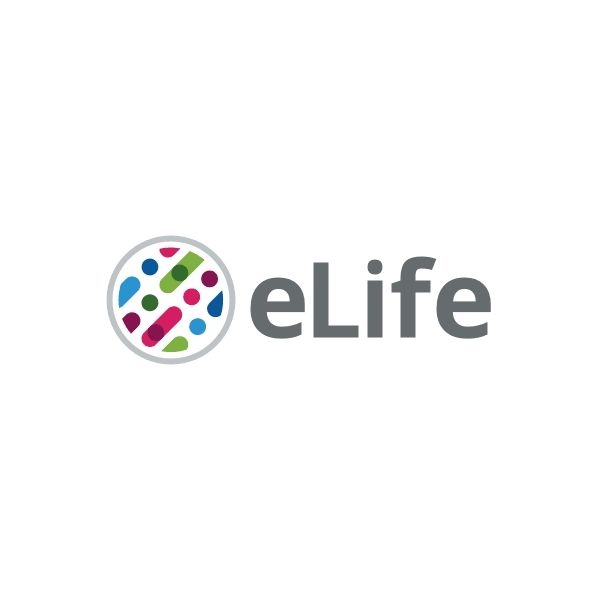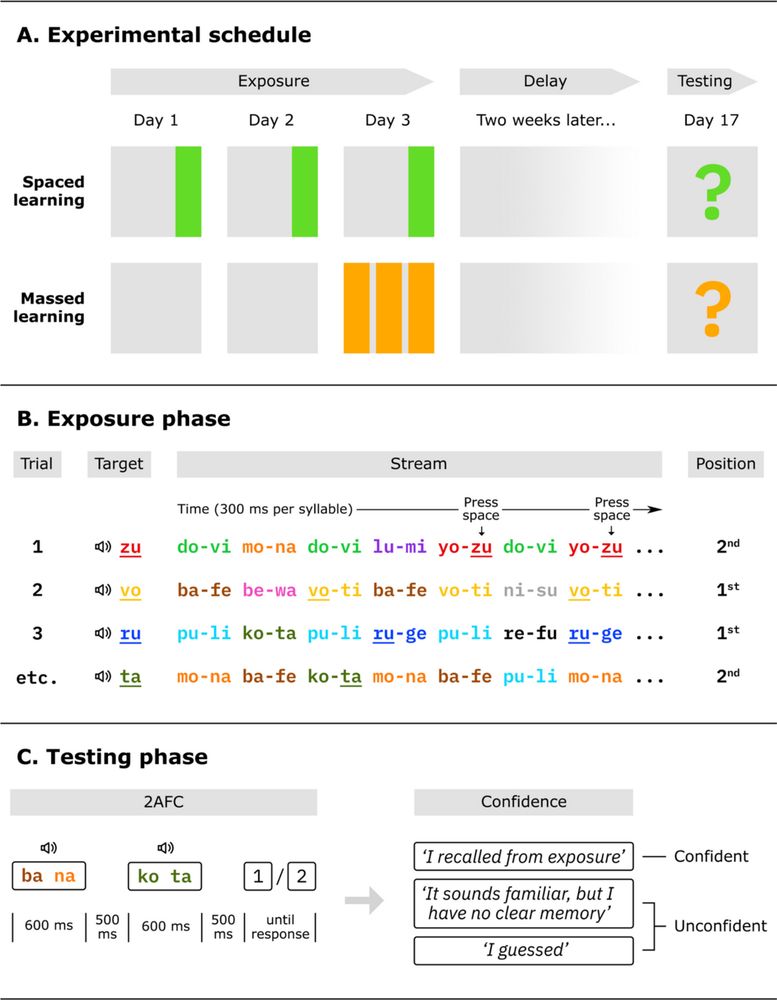If you are interested in the attentional capture debate... You should read this paper.
acrobat.adobe.com/id/urn:aaid:...
Jan Theeuwes
@jthee.bsky.social
Professor of Cognitive Psychology. Vrije Universiteit Amsterdam
@jthee.bsky.social
Professor of Cognitive Psychology. Vrije Universiteit Amsterdam
If you are interested in the attentional capture debate... You should read this paper.
acrobat.adobe.com/id/urn:aaid:...
By integrating the 'pinging' technique with fMRI-based multivariate pattern analysis, we provide evidence for a dual-format representation of attention during the preparatory period.
doi.org/10.7554/eLif...

🧠 Excited to share that our new preprint is out!🧠
In this work, we investigate the dynamic competition between bottom-up saliency and top-down goals in the early visual cortex using rapid invisible frequency tagging (RIFT).
📄 Check it out on bioRxiv: www.biorxiv.org/cgi/content/...
By using a visual pinging technique, we uncovered a latent sensory-like format of attentional templates that remains hidden during passive preparation.
In @elife.bsky.social: Dual-format attentional template during preparation in human visual cortex doi.org/10.7554/eLif...
Thanks to the support of the Dutch Research Council (NWO) and @knaw-nl.bsky.social , we're thrilled to announce the international symposium "Advances in the Encephalographic study of Attention"! 🧠🔍
📅 Date: June 25th & 26th
📍 Location: Trippenhuis, Amsterdam

This study challenges the idea that the early PD component is a marker of proactive distractor suppression. Instead, this study suggests that this early positivity reflects general salience processing and/or sensory imbalance rather than specific suppression mechanisms
direct.mit.edu/jocn/article...
Through experience, humans can learn to suppress locations that frequently contain distracting stimuli. Using SSVEPs and ERPs, this study shows that such learned suppression modulates early neural responses, indicating it occurs during initial visual processing.
www.jneurosci.org/content/jneu...
New Preprint! Here, we test the causal role of selective attention in the acquisition of reward-related attentional biases. W/ @mavadillo.bsky.social, @jthee.bsky.social , Dirk van Moorselaar and @jlupiane.bsky.social.
24.04.2025 17:18 — 👍 4 🔁 2 💬 0 📌 1
Humans can learn to ignore distracting locations, but the neural basis remains unclear. We used SSVEPs and ERPs to investigate how spatial suppression is learned.
www.jneurosci.org/content/earl...

In @elife.bsky.social: Proactive distractor suppression in early visual cortex doi.org/10.7554/eLif...
20.03.2025 23:11 — 👍 14 🔁 7 💬 0 📌 0
In this ERP study, we examined the Pd in response to color singleton distractors and dynamic motion distractors during visual search (the additional singleton paradigm)
direct.mit.edu/jocn/article...

We used a brain "pinging" again and found that distractor suppression is reactive rather than proactive, meaning attention is first drawn to the distractor before being suppressed.
27.02.2025 08:00 — 👍 12 🔁 10 💬 0 📌 0Our fMRI study shows suppression in early visual cortex for those locations that are likely to contain distacting information.
Proactive distractor suppression in early visual cortex doi.org/10.7554/eLif...
Pinging the brain again: Not proactive, suppression is reactive. doi.org/10.7554/eLif...
30.01.2025 23:14 — 👍 4 🔁 1 💬 0 📌 0
💬🙇🏼♀️💬🙇🏼♀️💬🙇🏼♀️
The advantage of spaced studying is well documented for explicit learning, but is there such an advantage for incidental #StatisticalLearning of novel #Language?
Jasper de Waard from @jthee.bsky.social’s lab tested it! Find out what we found here : 🔗 doi.org/10.3758/s134...
Attentional Capture and Control | Annual Reviews - www.annualreviews.org/content/jour...
18.01.2025 10:07 — 👍 14 🔁 8 💬 0 📌 0